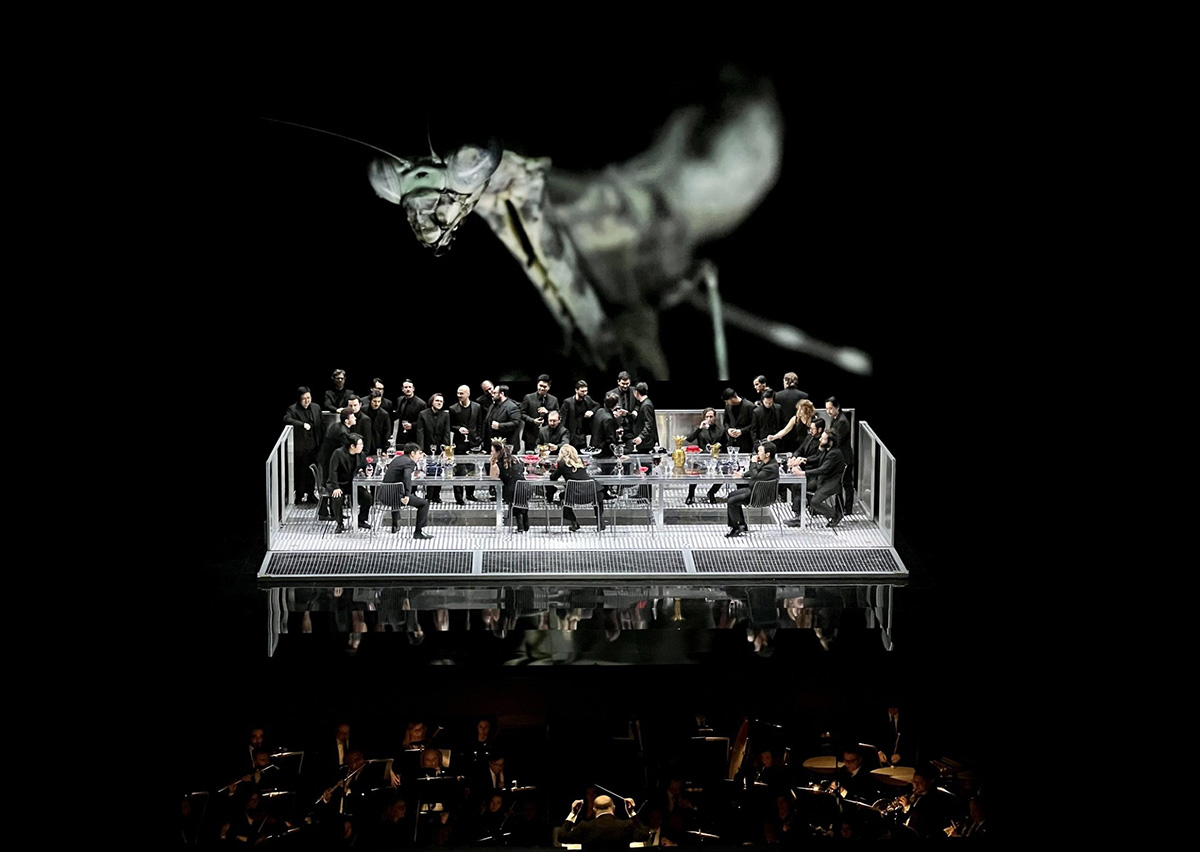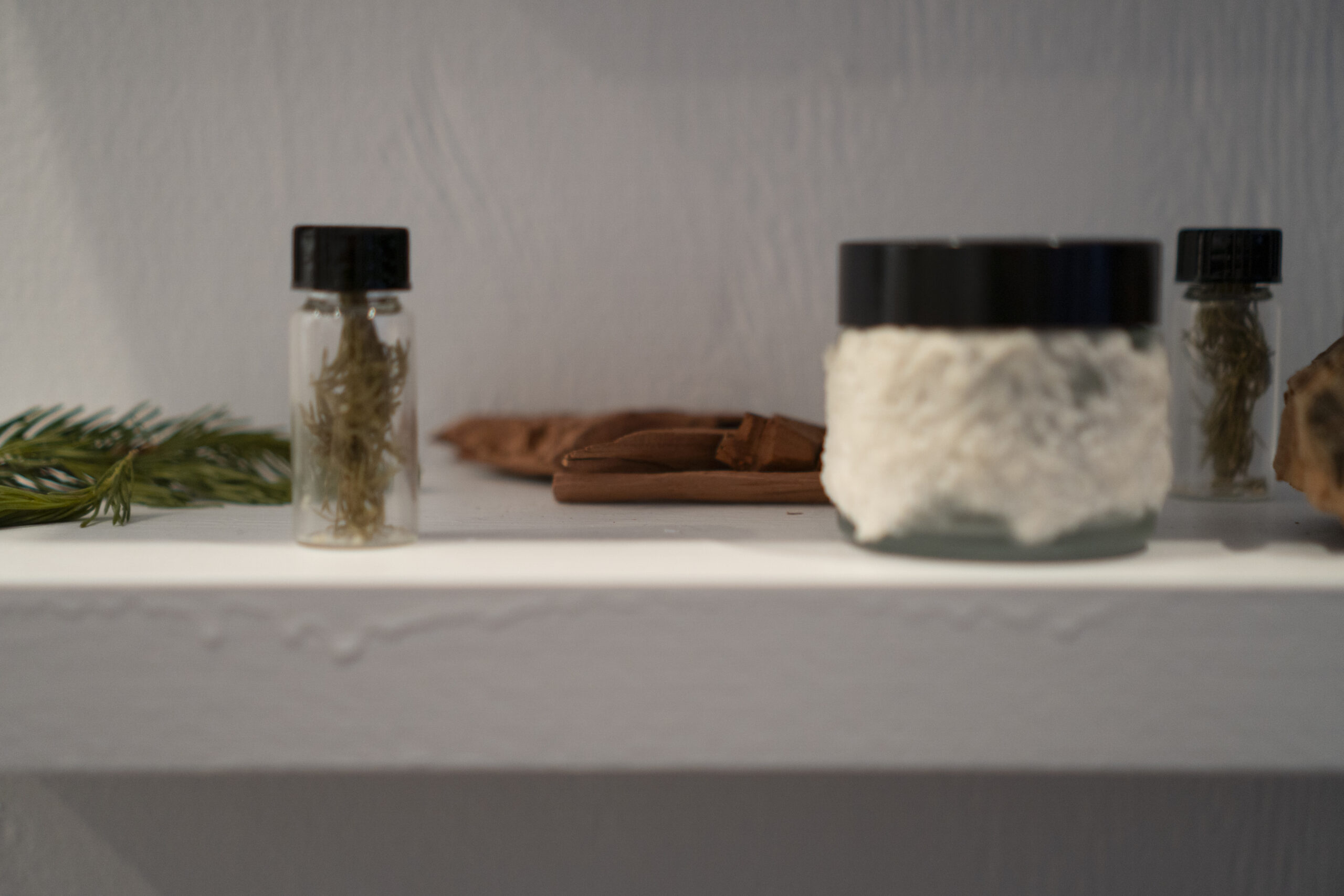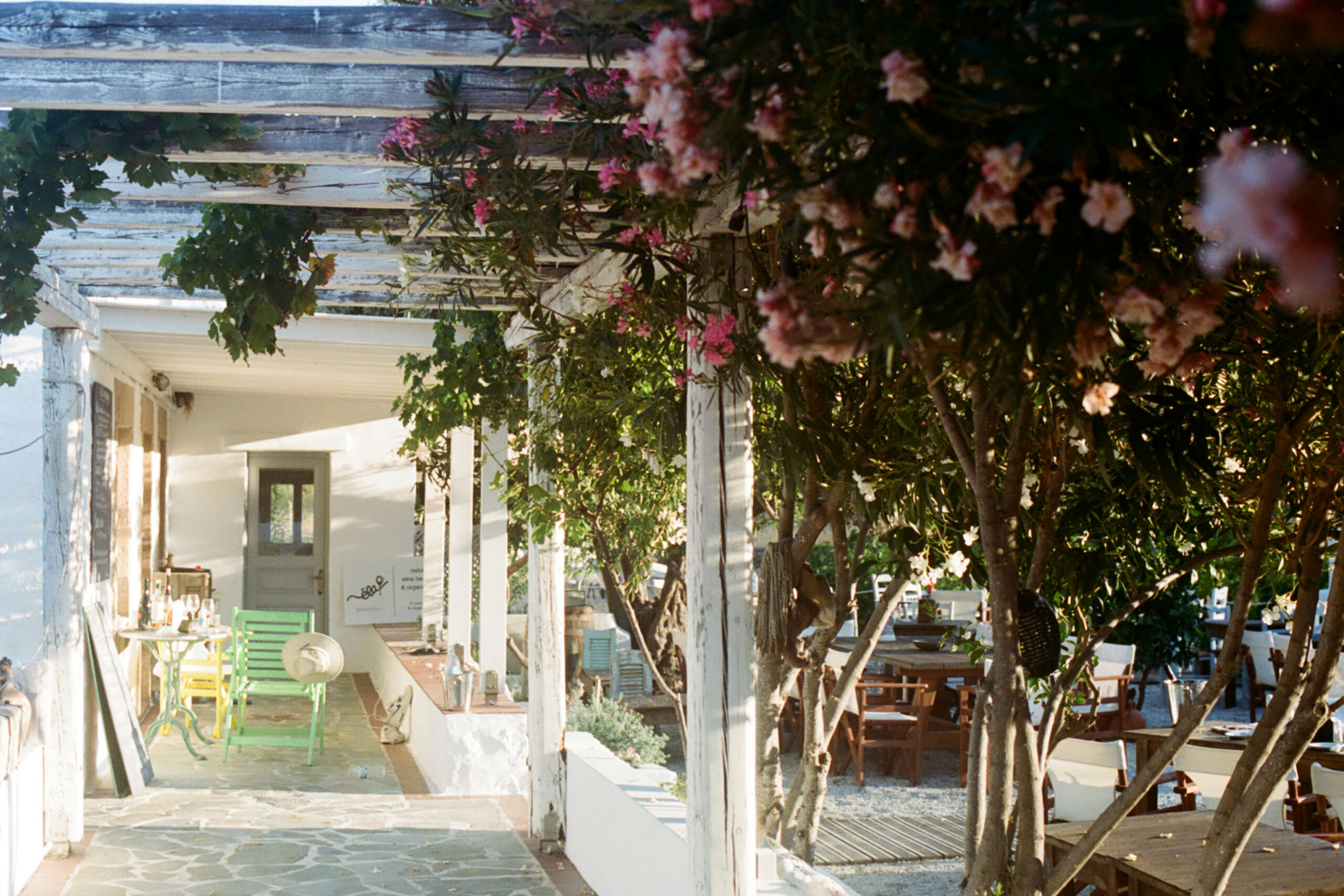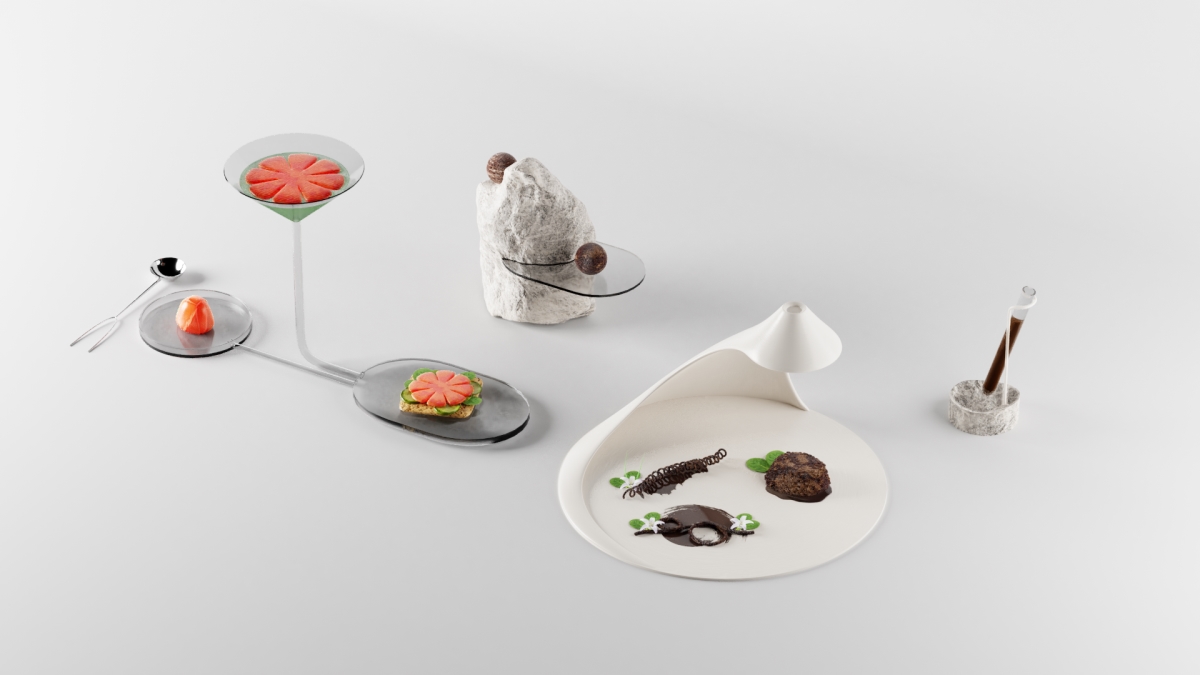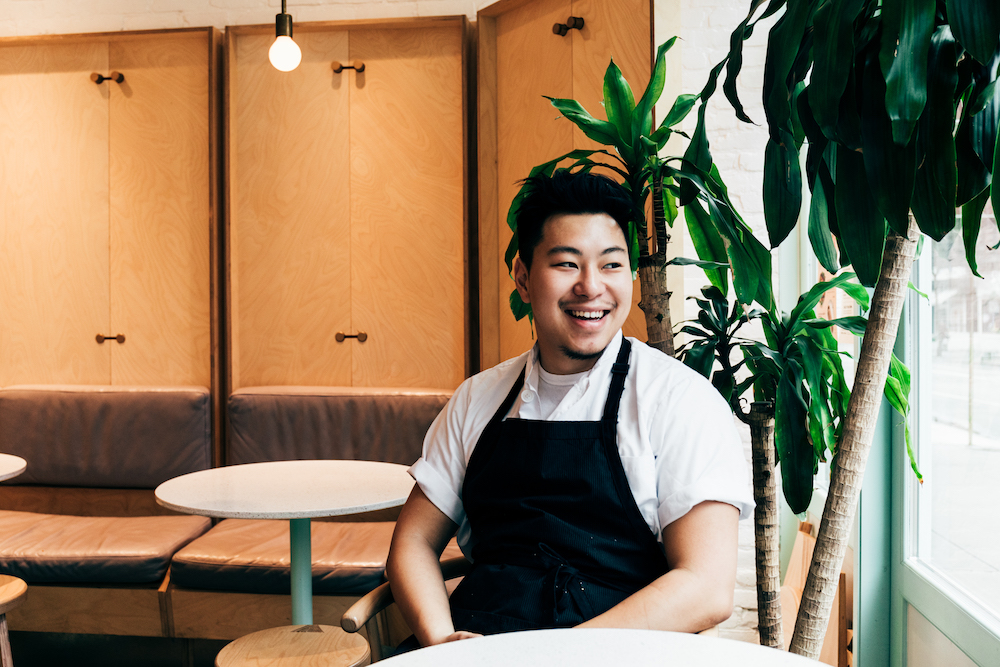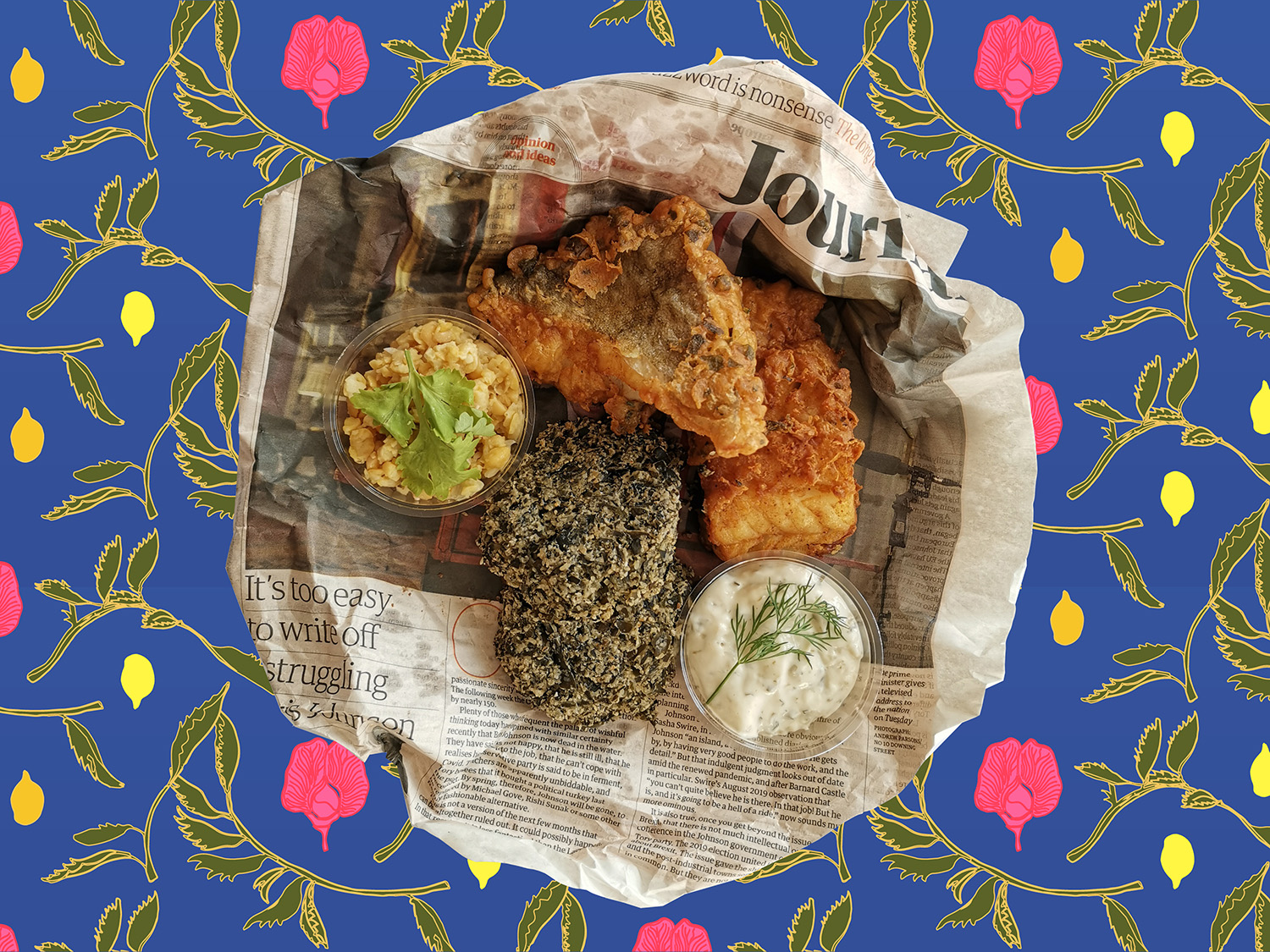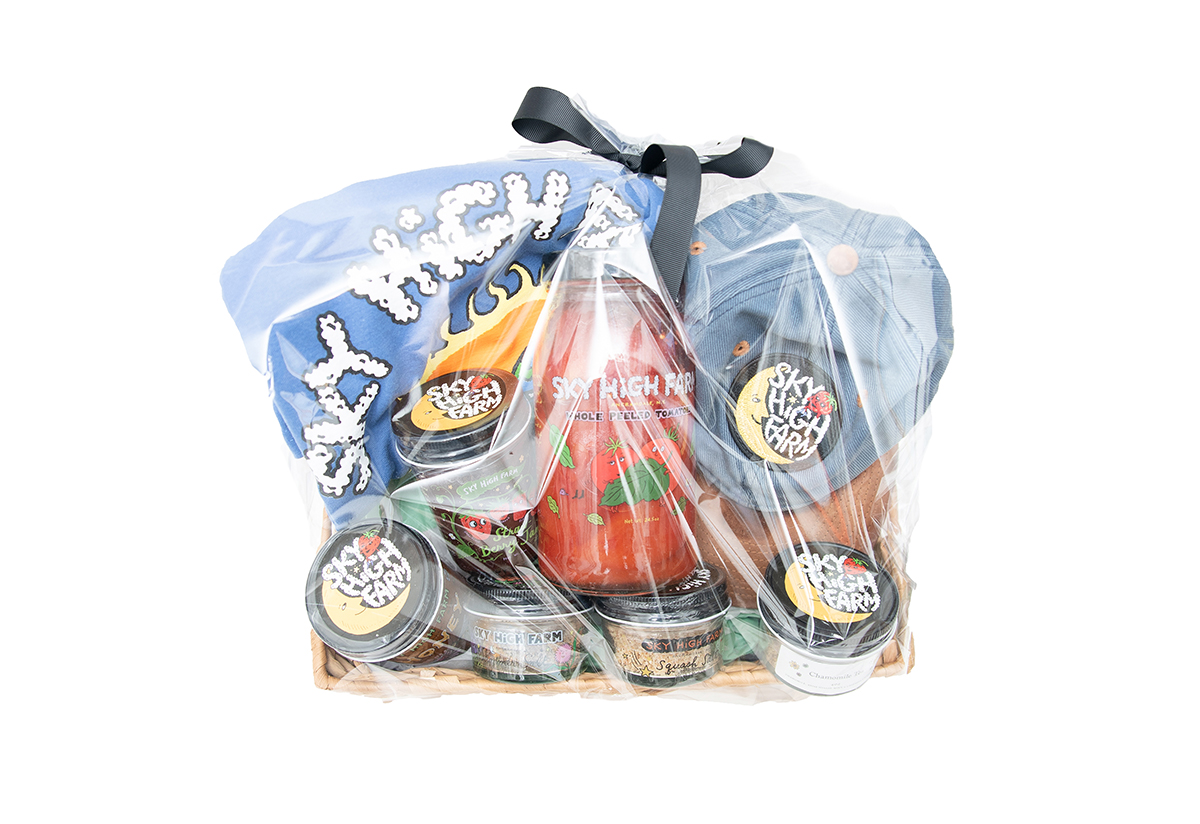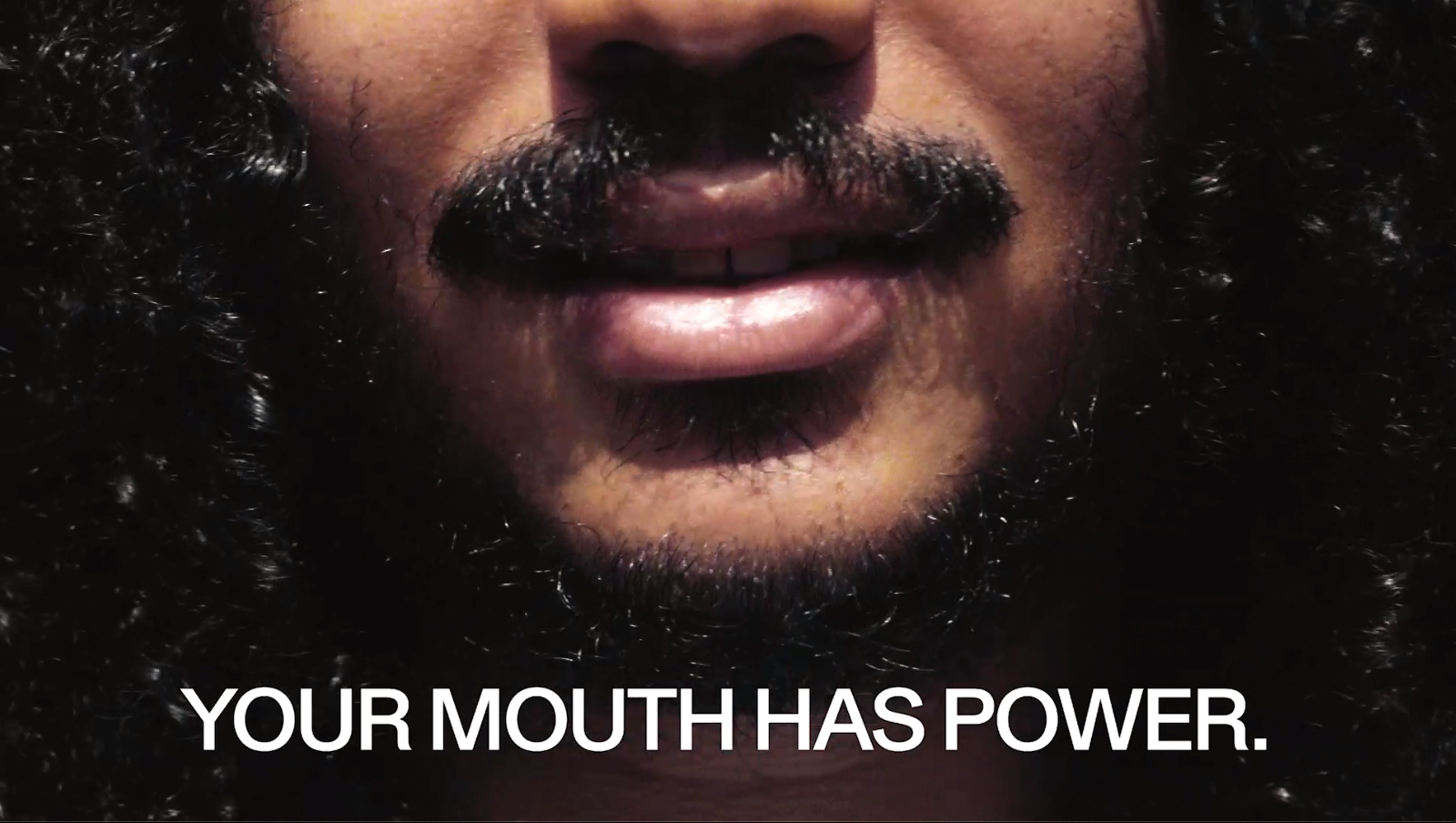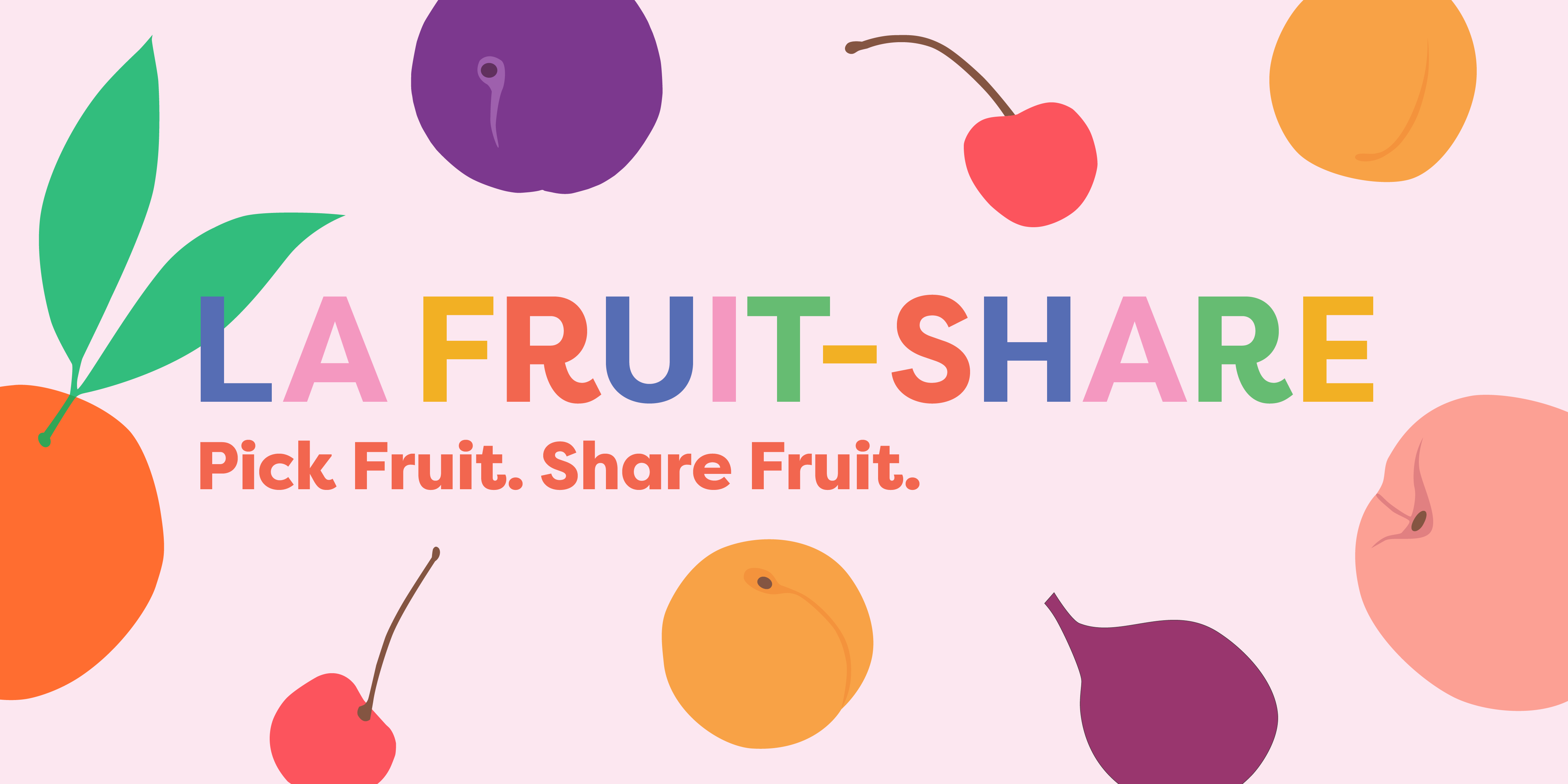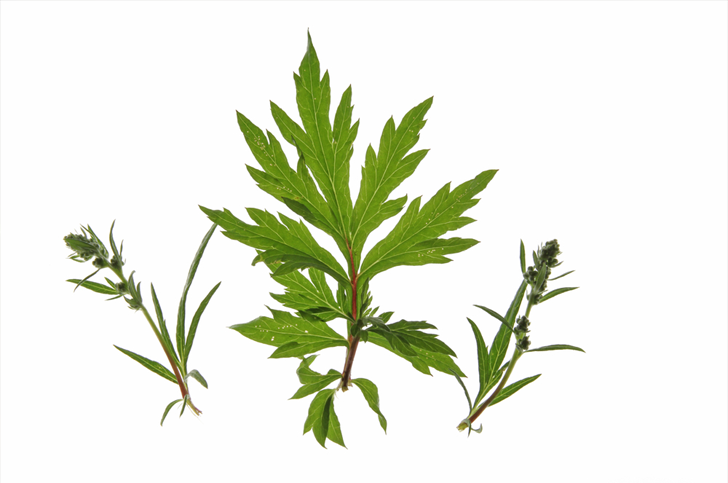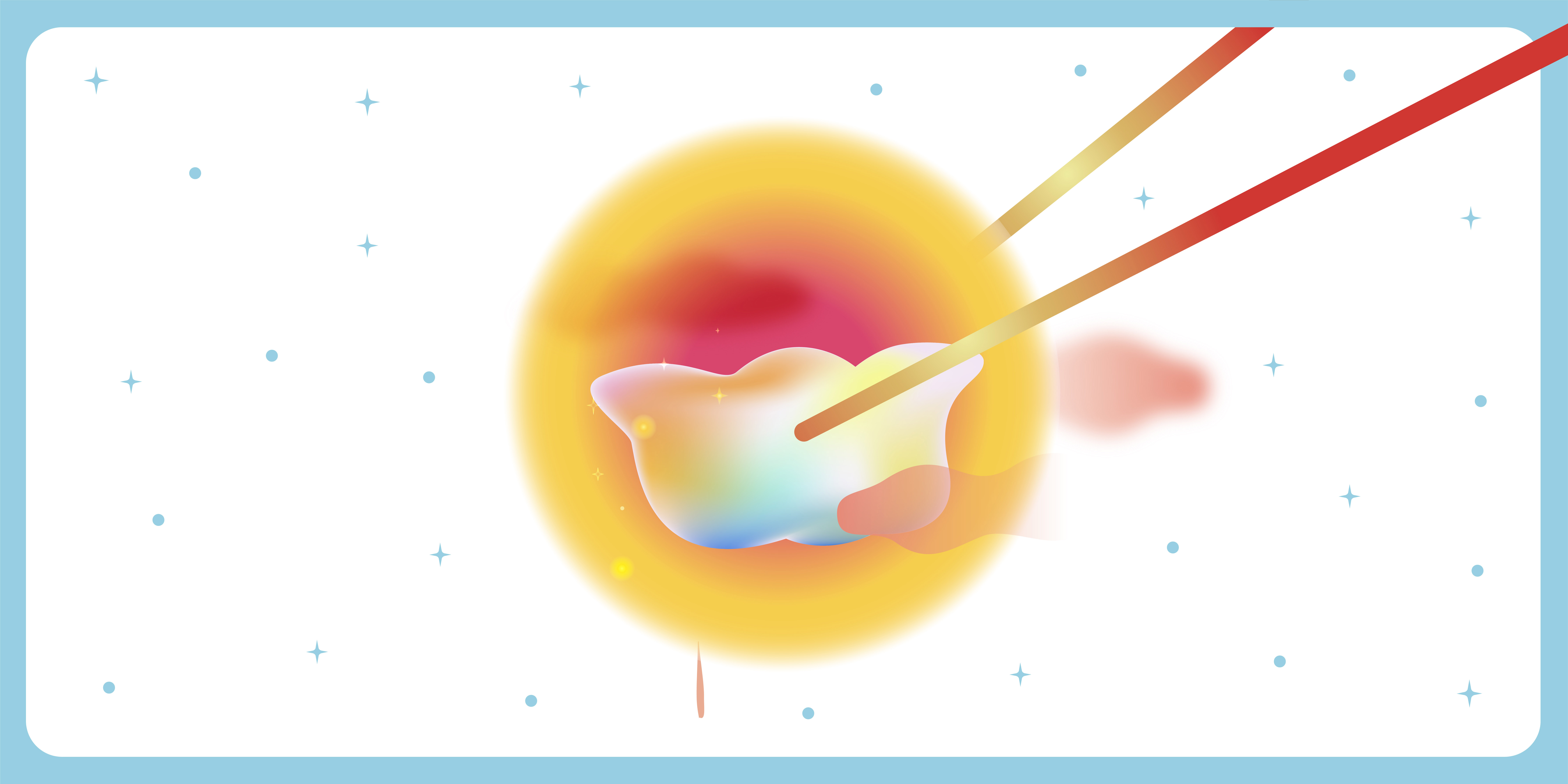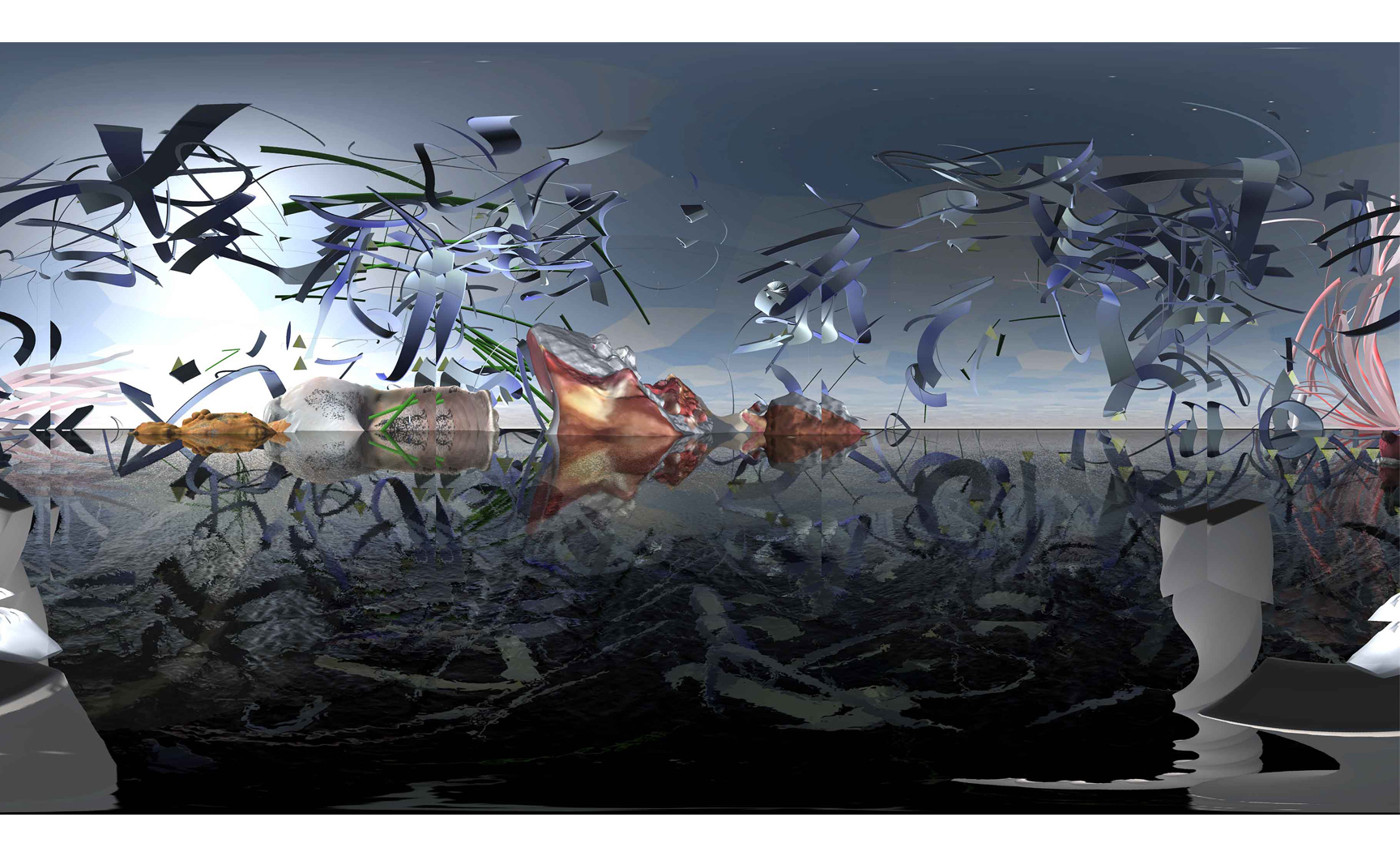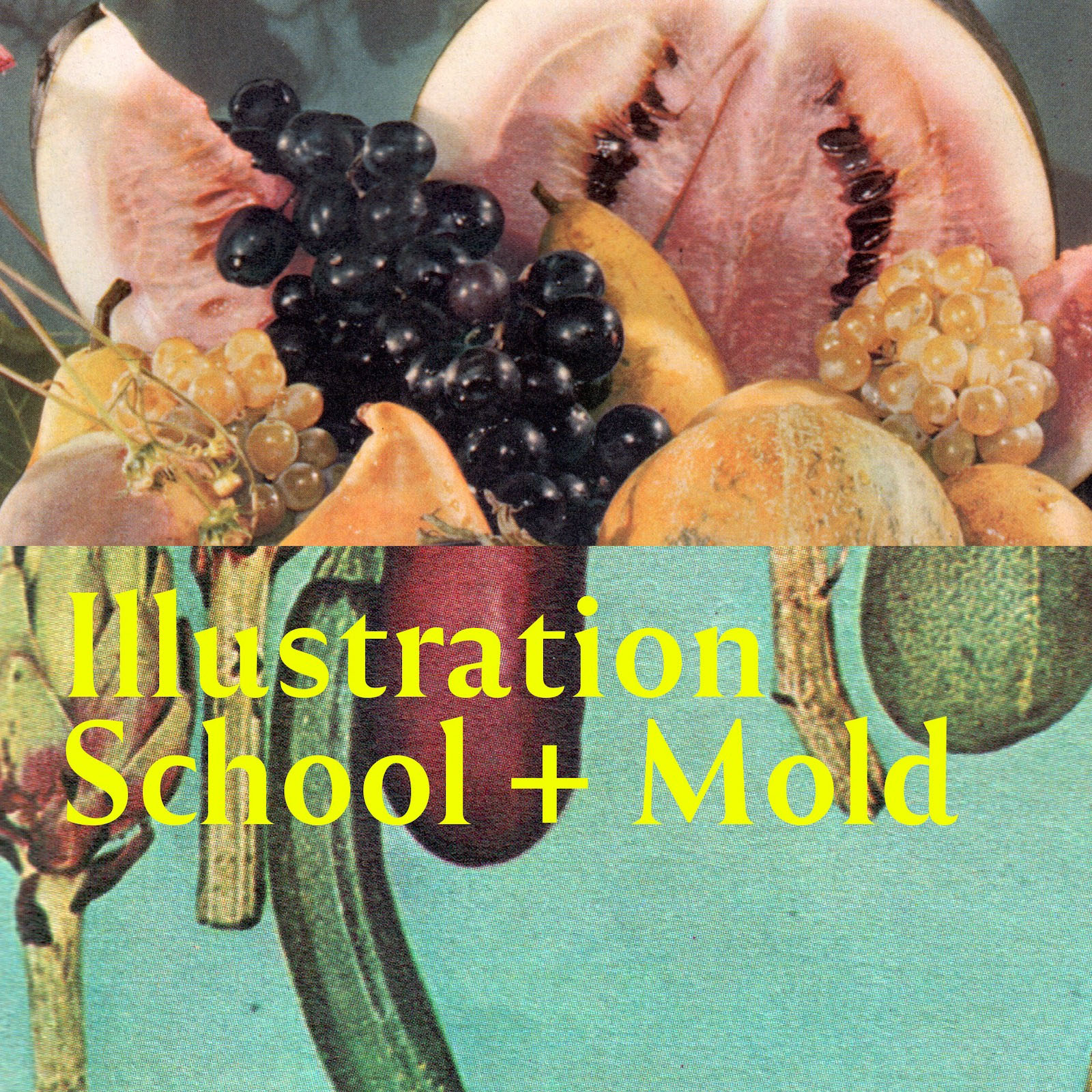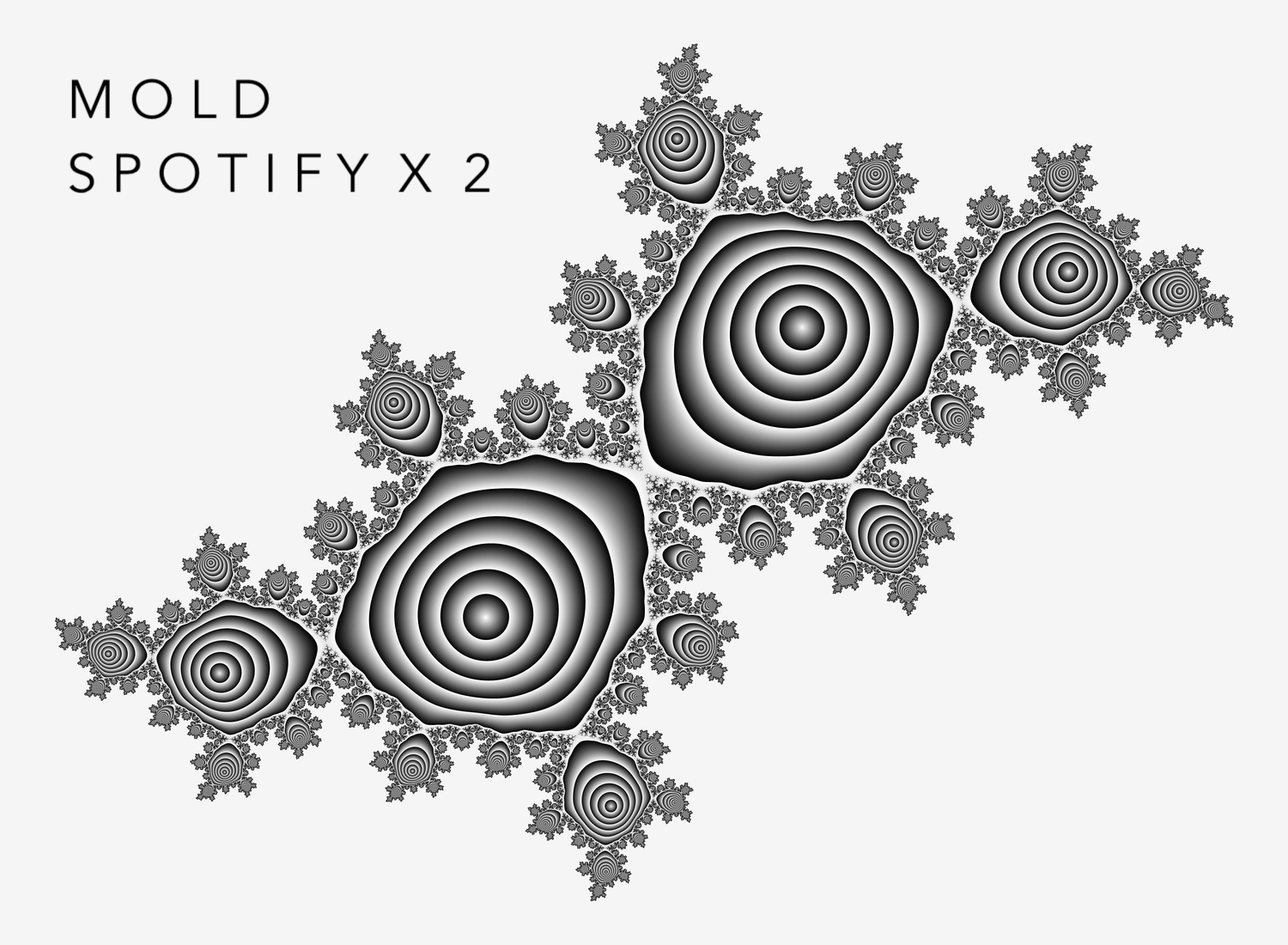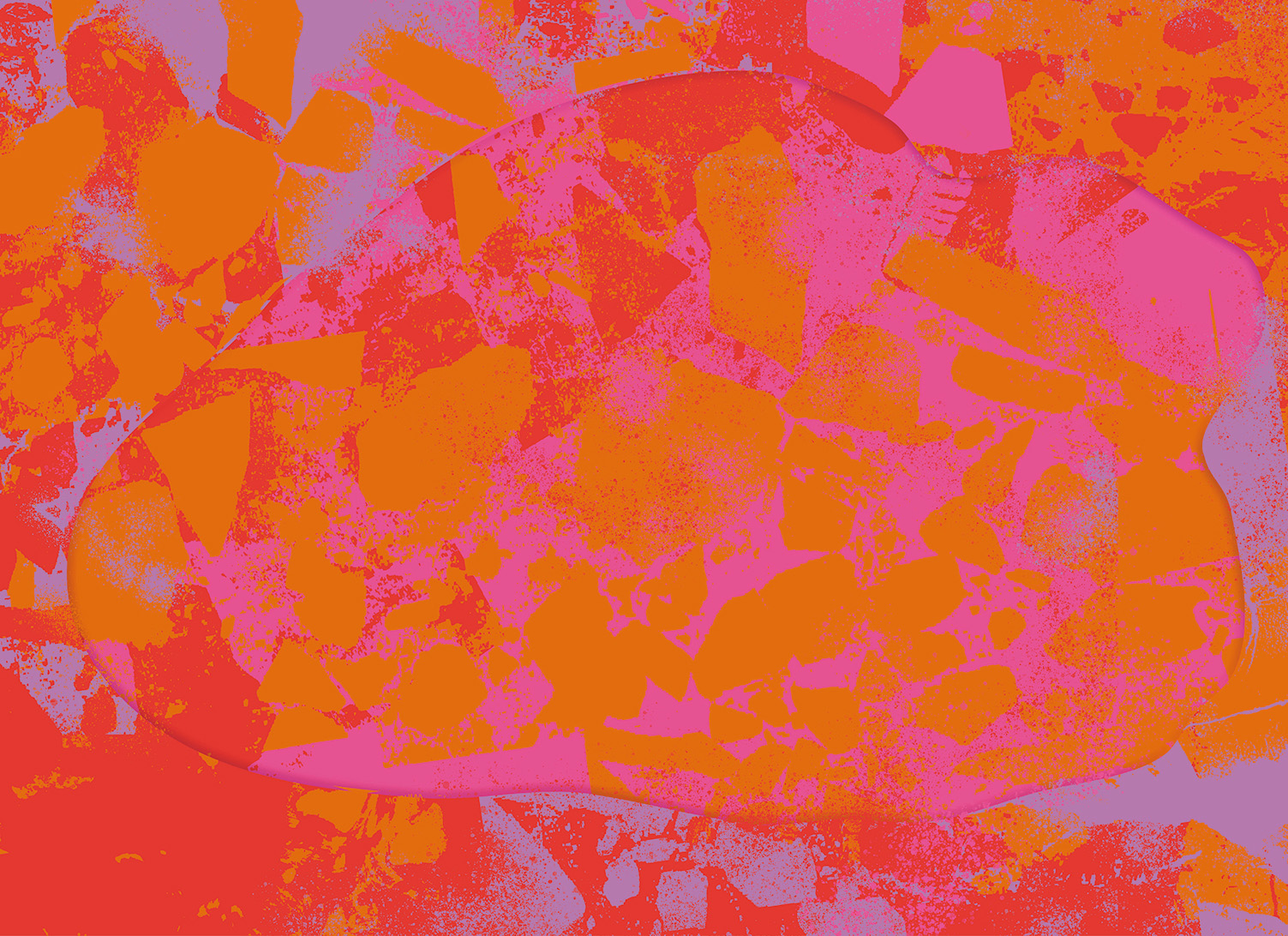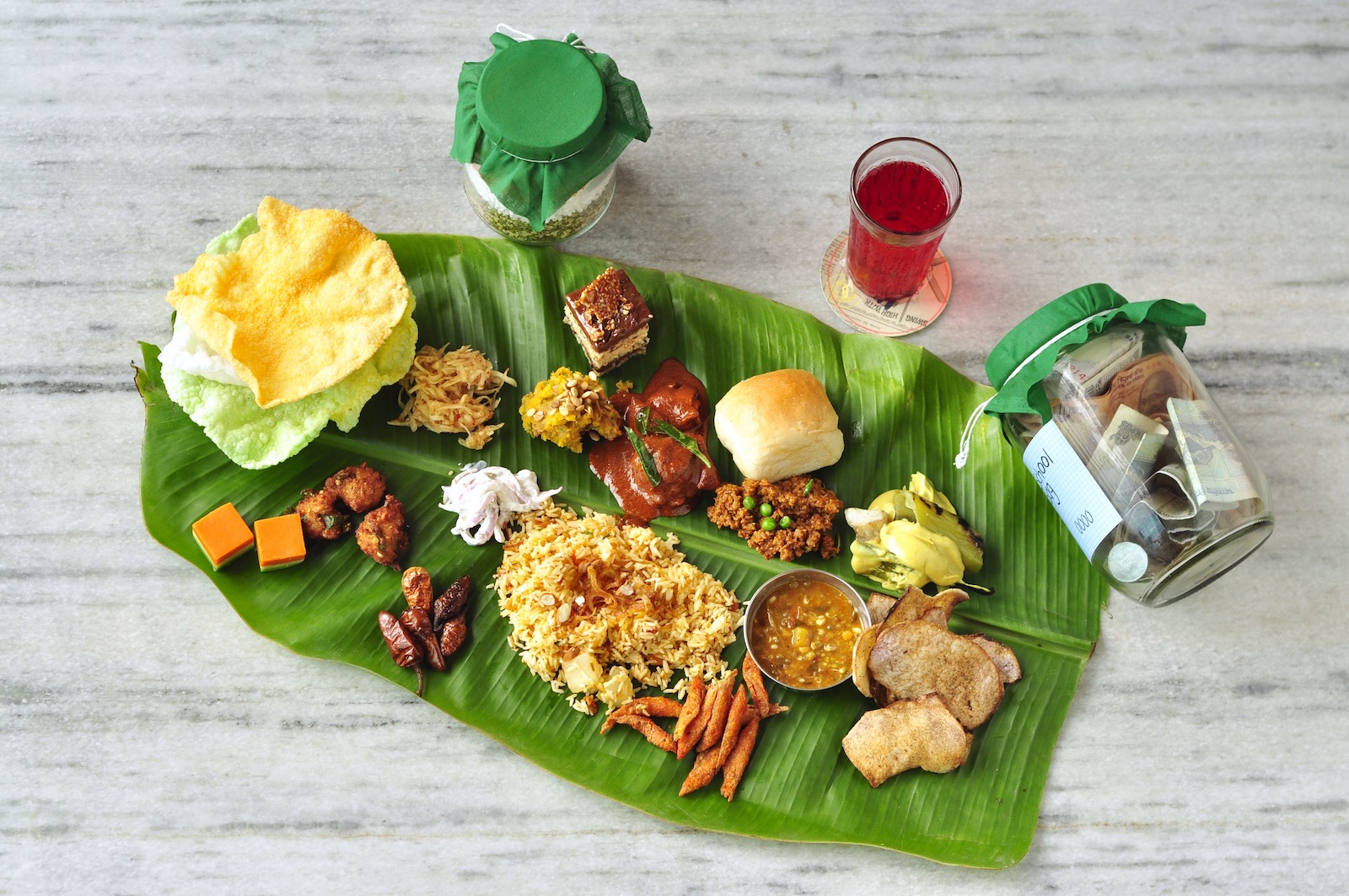In the distance I can spot a glimpse of pink as I bike alongside a highway in an unfamiliar location in the north of Amsterdam. As I approach, the sight is surreal: a completely neon pink gas station appears. Disconnected from the road, the gas station is repurposed to accommodate bikers and pedestrians in lieu of cars.
The setting is host to the Utopian Dinner, billed as a, “chance to taste possible dishes from the future. Sugarless sweets, unwanted meats & food in powder form fill the plates.” What awaits me I am not quite sure, but I know I’m going to experience the unexpected: on the menu is “edible plastic soup,” and “forgotten foods” that include a city pigeon caught on the streets of Amsterdam” and a “local salad” sourced within 7 kilometers from the site of the event.
 Photo by Thieu Custers.
Photo by Thieu Custers.
Entering the building I am not greeted by the usual cold neon lighting and overpriced packaged snacks of gas station stores, but by carpets, fresh baked bread and a long dinner table. The chef and originator of the concept dinner greets me while she puts the final touches on the night’s dishes.
Organized by India Rose Klap, an artist turned chef or chef turned artist, the Utopian Dinner is dinner theater with a purpose. She explains it best herself: “I call myself the daughter of the chef,” she says. “Everything I know about food I got from my father. Ever since I was a little kid I have been with him in the kitchen. There are even photos of me as a baby sitting on the kitchen top. So all the love for food I got from him, but I also got to experience all the questions and dilemmas he has been dealing with.” Tonight’s dinner included some help from India’s earliest inspiration with her father acting as a sous chef in the kitchen.
Working in the kitchen to pay her bills next to studying art school, she recently decided to combine her crafts. “I have always had a very inquisitive mind,” India explains. “I often want to see what goes into something. And at my art school I was only making pretty visuals and movies, so nothing to do with food or anything, but that felt very useless. This created a sort of big creative block, and I took some time off.”
India Laughs as she explained the spark that kicked off her creative food endeavour: “Partly out of boredom and frustration I started watching a lot of Keuringsdienst van waarde, a Dutch television series that inquires what happens in our modern food chain. That sparked a lot of ideas to combine my creativity and passion for food. So it is partly through my upbringing that I’m working with these topics, and partly through this recent series binge.”
 Photo by India Rose Klap.
Photo by India Rose Klap.
The Dinner
The dinner itself is a four course meal that serves up a topic to the dinner guests with each course—from the costly transport of food, to the plastic waste lingering in our fish and oceans. With about fifty people, friends, family and adventurous eaters we sit down at the long dinner table.
If the appetizer is any indication, we’re in for an unusual treat—as I am spreading some herb butter on my piece of bread I notice the crickets baked into the crust. And the butter itself is flavored with foraged weeds from a farmers pasture. The flecks of different herbs add a bright fresh taste speckled through the butter, and the crickets are surprisingly crunchy and tasty. I decide to grab another slice.
Support your local salad
The starter is the ‘Local Salad,’ a salad with yellow roma tomatoes, frisée salad from Osdorp, ice plant radishes, turnip and purslane from Noord, and the croutons are made with old bread from a restaurant in Amsterdam. All with ingredients grown no further than 7 kilometers from the restaurant.
 Photo by India Rose Klap.
Photo by India Rose Klap.
“In Amsterdam this recipe is maybe even a bit old news,” India tells me. “A lot of restaurants are using local produce at the moment. But I wanted to show what wealth you could find closeby—foraged herbs, city gardens, that kind of thing. There is such a wide variety of local ingredients available. You can create any salad you desire within this radius, and that fascinates me. If you would create a salad with the same ingredients bought in the supermarket, you would probably have a dish that has travelled half the globe to get here.”
Plastic soup
Before the next dish is served up, we get handed a seemingly normal plastic bag, with the instructions to tear it to pieces to add to our soup. I stir the plastic through the hearty fish soup and watch it dissolve. A surreal sight. I try a nibble of the plastic, and it is not unpleasant, slightly sweet and a bit chewy.
India assures me it is safe: “The plastic in the soup is biodegradable, most of the ingredients in bioplastics are edible in principle, but I wanted to create plastic that was fully edible without causing any stomach aches. After one and a half years of looking for the right one, we now have a real plastic bag you can eat.

Photo by Thieu Custers.
“For the soup I wanted to find one that would best represent the sea. In the end I chose to make a bouillabaisse, which originally is a very simple fishermans’ meal. The fishers would take everything they caught, and what they could not sell they would put in this soup. Small or damaged fish, or ones that would not sell on the markets, everything would be thrown in a pot with some seawater and vegetables. That is a very brief history of the bouillabaisse.
“I think it is a very pure representation—you pull your nets up and anything you catch goes in the pot. And adding the plastic to it I want to confront people with this issue of plastics in our ocean. But I’m creating a utopian dinner, so I also want to show that if we would switch to bioplastic and other alternatives, we could still have our soup like this. I want to show a tiny bit of the solution, things that could help this cause.”
Pest control
The next dish is wild, and I mean that literally, I am staring at the pigeon thigh on my plate, caught on the streets of Amsterdam. In the background the soundscape of Max van der Wal incorporates the iconic Prince song, ‘When doves cry’. Beyond curiosity I dig in, finding a sweet almost beef-like chew. The pigeon is paired with other vegetables and ingredients that all share one feature: they have been mostly forgotten.
“The old Dutch kitchen is making its way to the dinner tables again, and that makes me very happy,” says India. “For this dish I used old Dutch recipes, not just from the ’60s, but a recipe from one of the earliest Dutch cookbooks still surviving: The Conscious Cook written in 1669. The nice thing about basing your meals on these old recipes is that it automatically makes the food you eat more local, and it also forces you to eat things you had not considered before. The variety of things we ate back then was huge, 50 species of birds for example. This is also a way to reduce the pressure on one specific part of the ecosystem, to eat more varied.”
 Photo by Thieu Custers.
Photo by Thieu Custers.
The pigeon India gets is sourced from The Unwanted Animal Kitchen, a collective and food truck in Amsterdam that prepares caught ‘pests’ to put on the table at restaurants. Among other things, they make dishes from the geese shot at Schiphol that would otherwise be at risk of flying into the airplane engines.
“Pigeon used to be a very common food back in the day,” She explains. “Currently we consider them dirty animals, but there is nothing wrong with the meat, it is a great product. I think eating invasive animals and pests, and increasing the variety could help reduce some of our impact right now. Not eating meat is the best solution, but to get everyone to do that on a whim is not possible I think, so I’m showing one of the things that could help, I think we could really see a rise in eating pests, if you would get a couple of hip food bloggers involved, maybe it could become the next hippest thing. But maybe I’m a bit of a romantic.”
 Photo by Lukas Brans.
Photo by Lukas Brans.
Sweet escape
We change gears a bit as the dessert shows up, a sterile platter with just one pill on it.
“The theme of the dessert is health, desserts are almost always made up of a cheese platter, or something with a lot of sugar,” India explains to me. “One of the biggest problem in society here is the overconsumption of sugar, that is something we need to fix. One thing that exist is this ‘magic berry’ it changes your sense of taste temporarily to make sour and bitter things seem sweet. It is already used by diabetics sometimes to get the sensation of sweet foods without the actual sugar.”
I put the pill on my tongue and rub it on my palate, pop rocks put in by India create a bit of a movie magic effect, and the fairytale-like music makes me feel like I have ended up in one of Willy Wonka’s factories.
India tells me what is happening to my tastebuds: “For about half an hour, sour and bitter tastes are muted, lemon and lime, for example, already contain a lot of sweetness, but the sourness drowns it out completely. In a traditional lemon dessert you add boatloads of sugar to make it tasty again. With this magic berry you don’t have to. Tonight we have a rhubarb compote, slices of lime, unsweetened tea and bitter probiotics. It all tastes like yummy sweets [after you eat the magic berry].”
I can almost feel steam coming out of my ears as I bite into a slice of lime, I know I am eating something sour, but my taste buds are telling me something completely different. The unsweetened rhubarb is genuinely amazing. As the spoons are handed out, I sneak in a second serving.
Rose tinted glasses
Thanking her for the amazing dinner put on by her and her dad, I ask India why the dinner is called “Utopian”. “There is a lot of people talking about the doom of our planet, and while it is true that the planet is not doing so well at the moment, there is so much happening to combat that, there are so many different developments that could help. We could benefit from looking at it through rose tinted glasses a bit more, that is why I like this dystopian utopian outlook of the dinner.”
As my stomach and mind are filled with good foods and new insights, the time has come to leave this utopian space. I take my last sip and hop back on my bike to the Amsterdam train station. Maybe I am imagining things, but the as I am cycling, the ride back seems to have a slight rose tinge to it…
